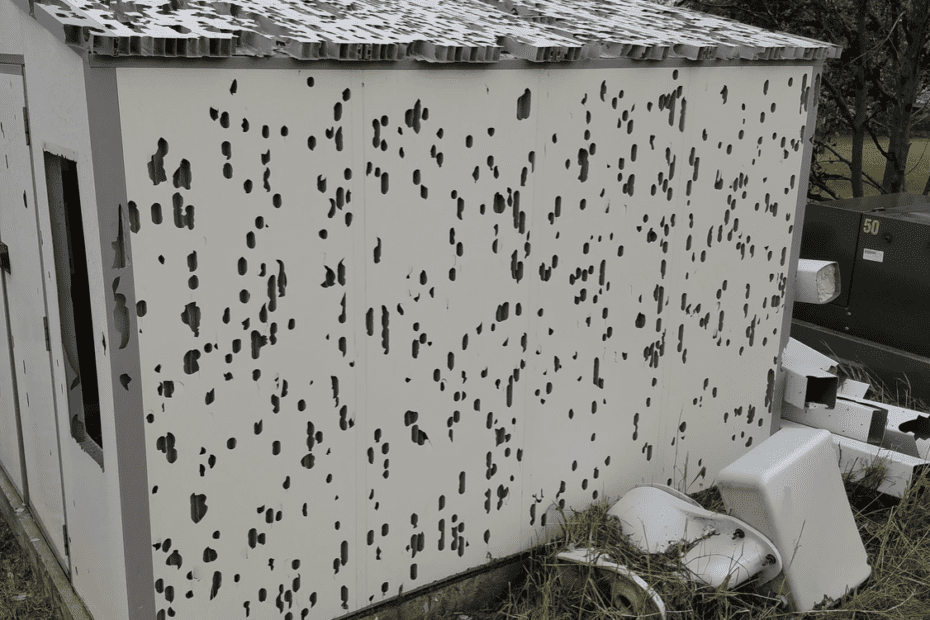As a contractor, we advocate for the best and most thorough repairs. We illustrate to your adjuster from a contractors point of view why a certain repair is needed or justified in order to be thorough/warrantable and to return your property to “pre-storm condition” using “like kind and quality” materials. However, as a contractor, we are legally limited to our opinion and that of building codes and material manufacturers.
In some situations, the argument comes down to coverage or policy language, and contractors are not legally allowed to play in that sandbox. If it comes down to that we know public adjusters and attorneys we can refer you to who can more specifically represent you and argue coverages. Sometimes even with the most concrete evidence toward a certain repair, you end up with limits in your coverage based on your policy. Or an individual on the other end that simply won’t budge.
With that said, we rarely end up in that situation. We often get insurance companies to agree to our assessment simply based on manufacturer guidelines and building codes and other best practices. Often the key is simply knowing the right terms and phrases in order to “translate” common things into insurance language that satisfies adjusters and underwriters.
We have a very amicable and collaborative relationship with most insurance companies serving our area. So we prefer to be involved in the entire process.
But, If you suspect your coverage will be limited or your insurance company will try to low-ball you, the best possible thing for you to do is simply have them do their inspection and stay mostly silent about what you think will need to be repaired. DO NOT have a contractor present during the inspection. Just tell them what was damaged, don’t try to tell them what you think will need to be done about it. The first step is for them to acknowledge damage and include something (anything) about it in their report. Then later we can argue about the proper way to fix it. Where some people get themselves in more of an uphill battle is by having a contractor at the first inspection creating an adversarial environment – pushing the adjuster for things. They are people too, and they don’t want people over their shoulder telling them how to do their job. It can make them not even want to acknowledge the damage in their report. If you think your siding needs replaced but they write to paint it, they are at least admitting it is damaged.
Then, once you get a scope of loss report and initial repair estimate from them, we can work with them to explain whether that is an adequate repair and whether the price is sufficient to complete it.
I’m glad you found us because most contractors in our area don’t know how to handle this situation effectively in order to ensure the highest probability of success. Many are too conflicting or arrogant, and others give in too easily to simple/basic repairs that are easy for them but not what’s best for the customer. We work amicably with most insurance carriers and have a track record of coming to an agreement on cost and scope the vast majority of the time without the need for homeowners to escalate things into legal battles.



